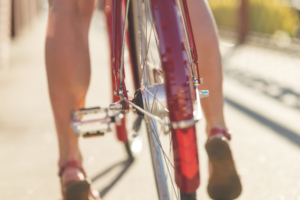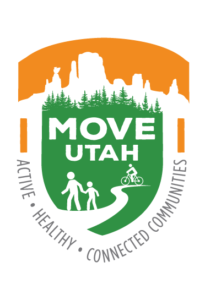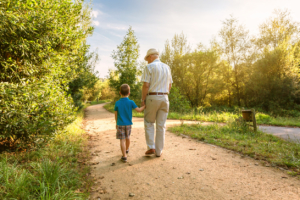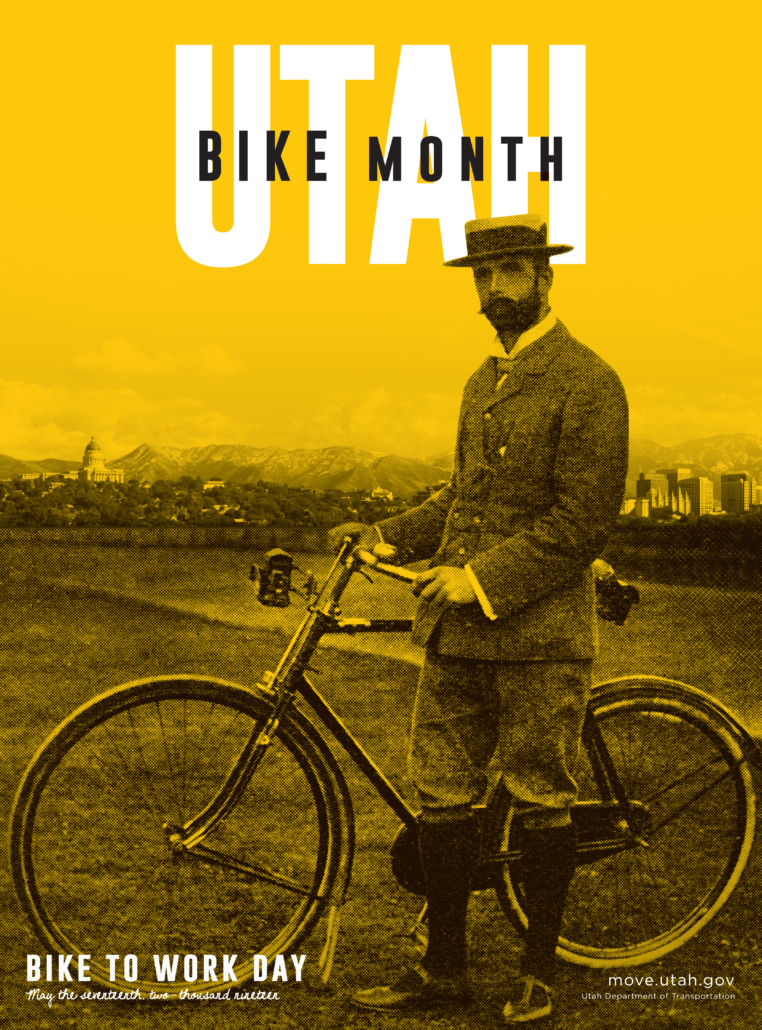How Transportation Partners are Using Fitness Tracking Data to Improve Active Transportation
Creating change in your community begins with knowing what works and what can be improved. Strava, a social fitness tracking app, is helping transportation agencies across the country comb through the data created by their local communities to provide insights on the behaviors and patterns of active transportation users. By studying how people interact with active transportation, community planners are also able to create transportation plans that serve people better. Check out some of the ways Strava is helping transportation agencies across the nation plan and prioritize active transportation.
Building a Safer Route

Most notable, Strava showcases the need for more reliable infrastructure. Research has shown that women are less likely to travel by bike due to safety concerns. While traditional data measurements rarely include gender as a point of reference, those that do include it lack the ability to predict route choice and lack understanding of the travel patterns of female riders. Strava allows transportation agencies to measure usage patterns based on gender while also helping track progress and route usage based on infrastructure improvements. Similarly, Strava helps correlate mapping patterns with crash data to allow planners to create infrastructure that protects more riders. The Seattle Department of Transportation uses Strava’s data to identify the gaps within intersections and infrastructure of high-risk streets so that improvements can happen before collisions occur.
Investing in Infrastructure

Strava data allows transportation agencies to prioritize investments in infrastructure by providing heat-map data for a more detailed look at the mobility landscape. The Colorado Department of Transportation realized they were unable to get an accurate measure of bike traffic through traditional methods. The state was able to use Strava to track down which roads had high levels of bike traffic and prioritize which bikeways needed maintenance, providing planners a better focus for future improvements. Investing in infrastructure is now more strategic, and evaluations are turned around faster thanks to the insights gained with Strava’s heat-mapping data.
Accessibility For All
Strava also creates opportunities for communities by providing insights based on gaps in data. By studying areas with wealth disparities that lack user data, agencies can gain insights and make safe assumptions about what can be changed. The Utah Department of Transportation tracks regions where data is minimal, then positions sensors to help supplement ridership information and patterns. This allows for a more localized understanding of what infrastructure is needed for cycling and pedestrians in lower-income areas of Utah.
While improvements in active transportation take time to plan, fund and execute, transportation agencies can cater their goals with a more targeted approach thanks to the help of data sources like Strava. Data collection is necessary for understanding traffic habits, but with communities across the country prioritizing and demanding alternative travel options—particularly by foot and bike—agencies are becoming more intentional about the management of their projects. If you’d like to learn more about some of the projects taking place locally, contact us today.


